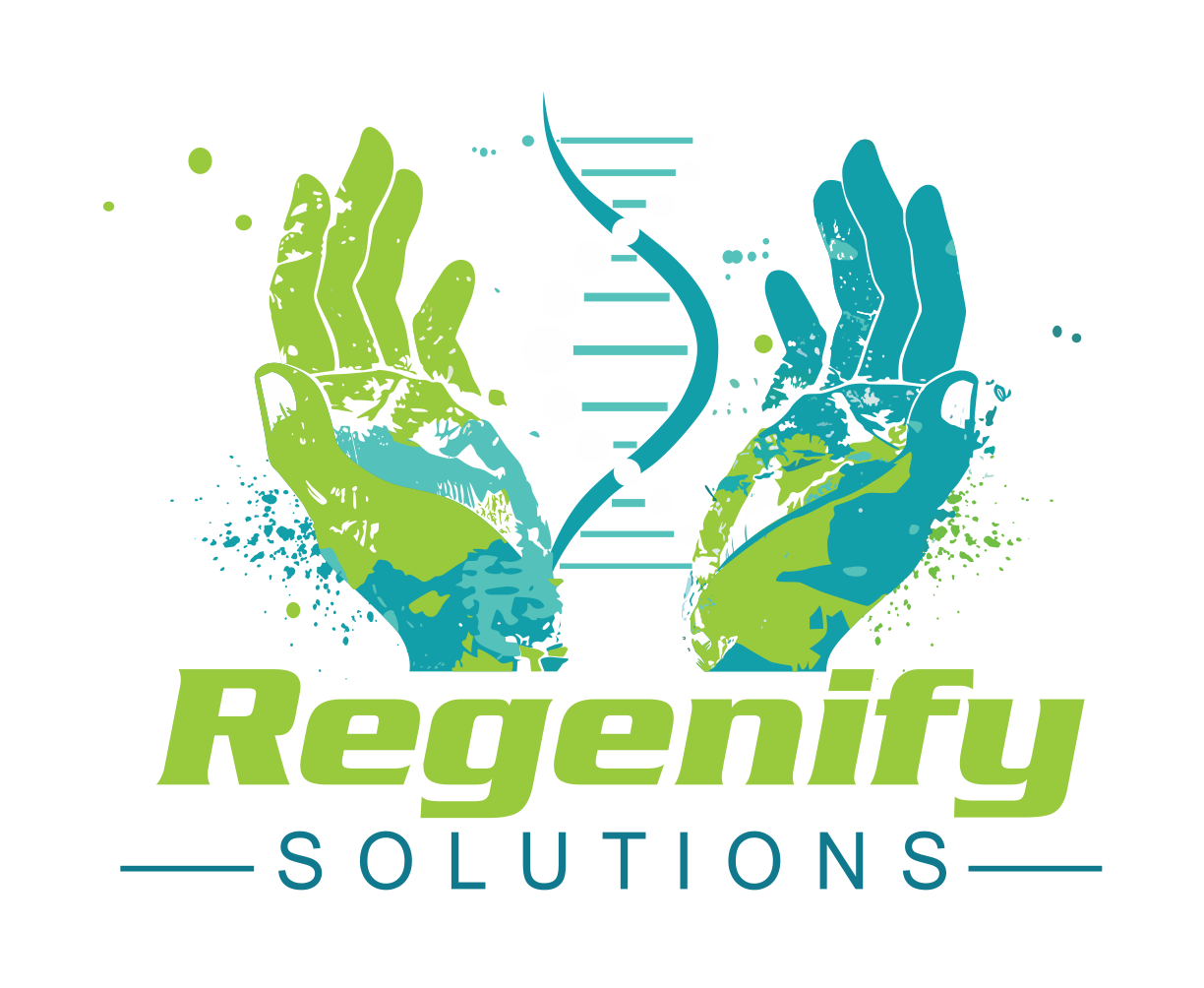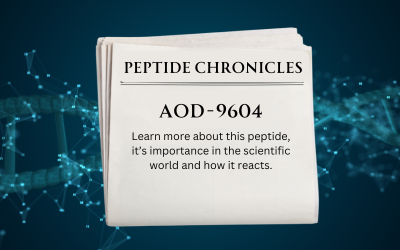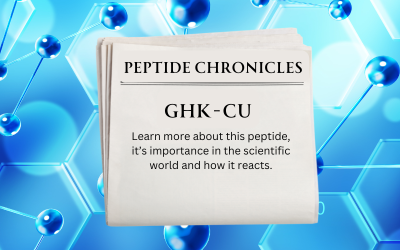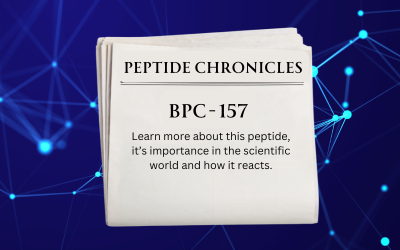Unveiling the Healing Potential of TB-500: Latest Research Insights
Introduction
Hello everyone! Today, I want to share some exciting new research on TB-500, a peptide known for its remarkable regenerative properties. TB-500, also known as Thymosin Beta-4, has been the focus of numerous studies due to its potential therapeutic benefits. Let’s dive into the latest findings and explore how this peptide might be used in various medical applications.
What is TB-500?
TB-500 is a synthetic peptide derived from a naturally occurring protein found in humans and animals. It plays a crucial role in cell repair and tissue regeneration by regulating actin, a protein essential for cell movement and structure6. This peptide has gained attention for its ability to promote healing and recovery in various tissues.
TB-500 and Tissue Repair
Recent studies have highlighted TB-500’s potential in tissue repair. Research indicates that TB-500 can enhance wound healing by promoting cell migration and differentiation6. This peptide has been shown to accelerate the repair of tendons, ligaments, and muscles, making it a valuable tool in sports medicine and injury recovery7.
Anti-Inflammatory Properties
TB-500’s anti-inflammatory properties have also been a focus of recent research. Studies suggest that TB-500 can modulate cytokine activity, reducing inflammation and aiding in the recovery of damaged tissues7. This makes it a promising candidate for treating inflammatory conditions and promoting overall tissue health.
Potential in Cardiovascular Health
Another exciting area of research is TB-500’s potential in cardiovascular health. Preliminary studies indicate that TB-500 can promote angiogenesis, the formation of new blood vessels, which is essential for tissue maintenance and regeneration8. This property could be beneficial in treating cardiovascular diseases and improving overall heart health.
Conclusion
The latest research on TB-500 is incredibly promising, showcasing its potential in tissue repair, anti-inflammatory action, and cardiovascular health. While more clinical trials are needed to confirm its effectiveness and safety, the current findings provide a strong foundation for future studies. As always, it’s important to consult with healthcare professionals before considering any new treatments.
Thank you for reading! If you have any questions or want to share your thoughts, feel free to leave a comment below.
References:
6: TB-500 | Benefits, Clinical Trials, Safety, and Research Insights
7: Exploring the Bioregulatory Potential of TB-500 and BPC-157 Peptides in Scientific Research
8: The Healing Power of TB-500: A Comprehensive Guide
I hope you find this blog post helpful! If you need any more information or have other requests, feel free to ask.





0 Comments